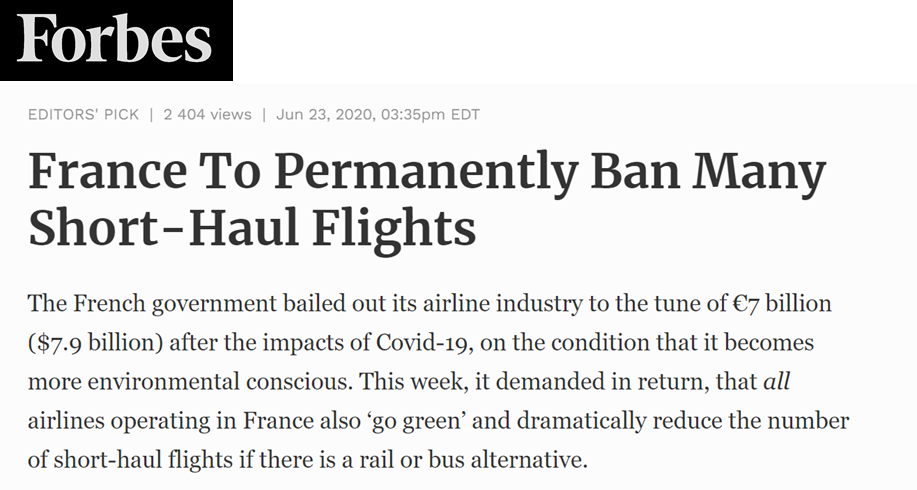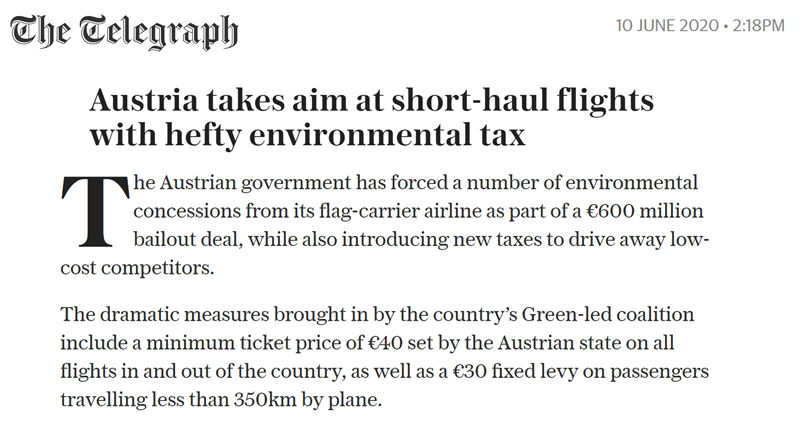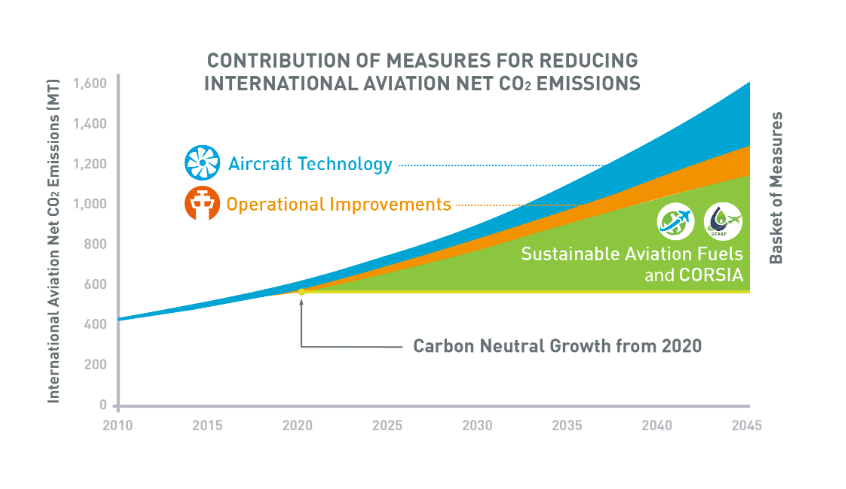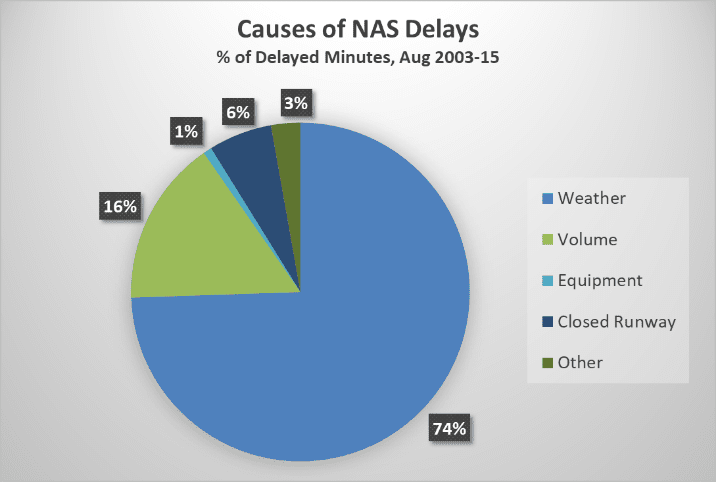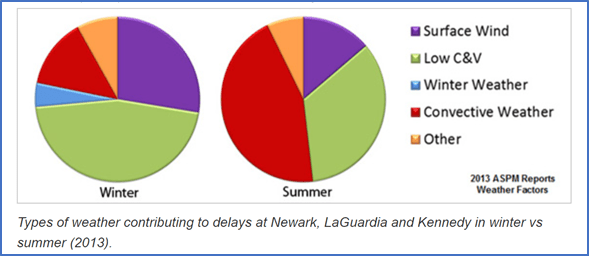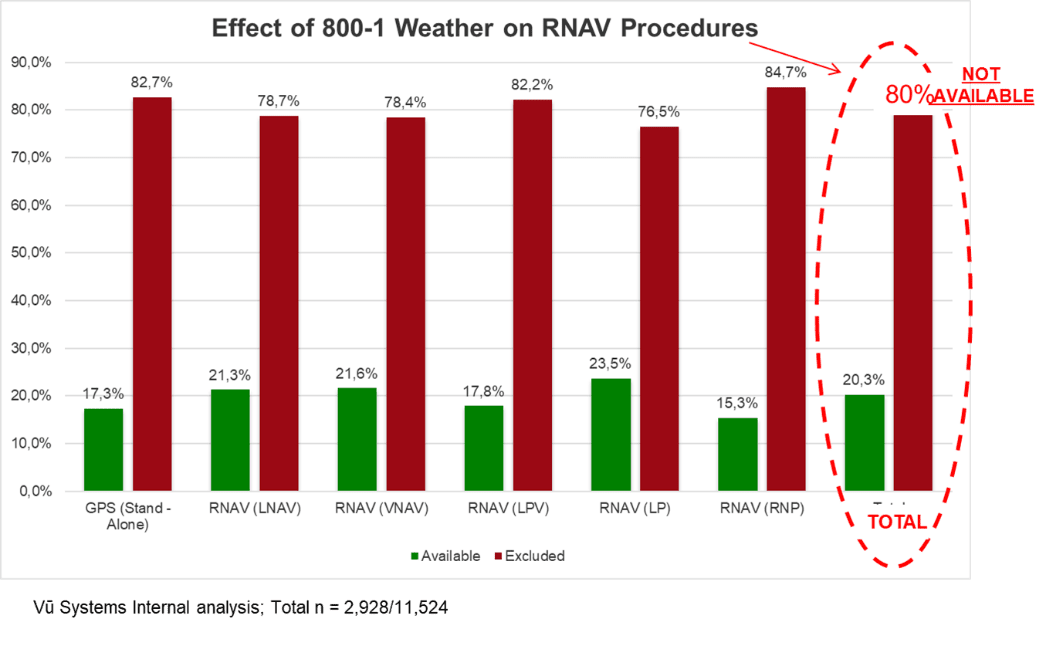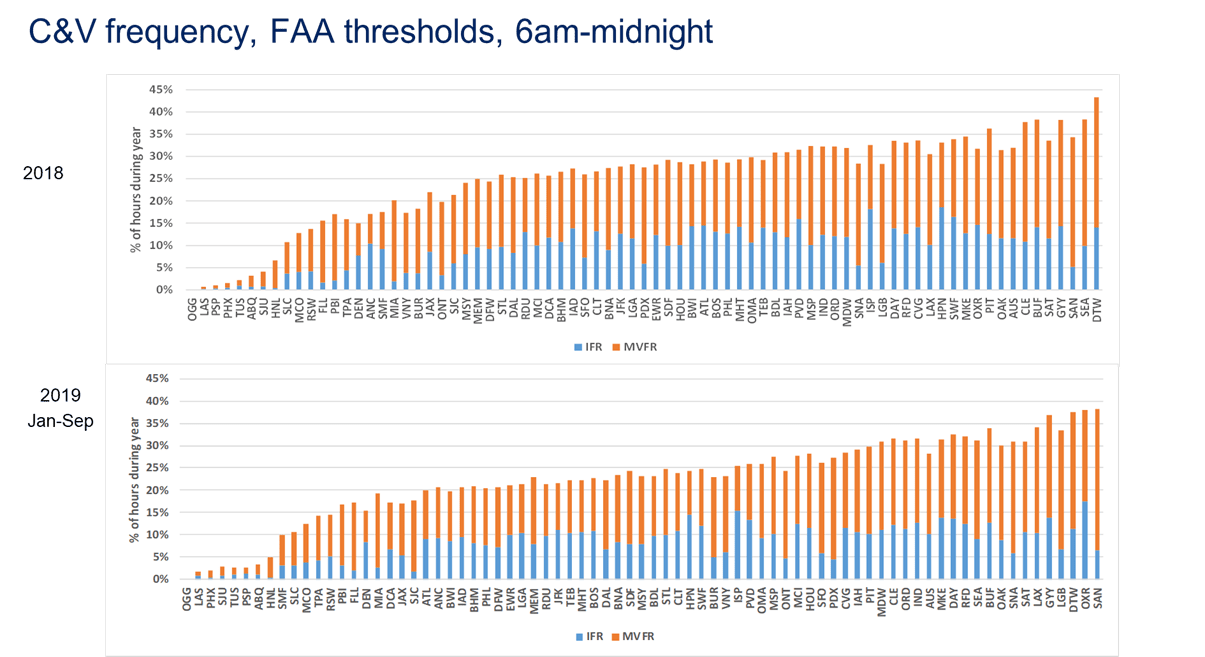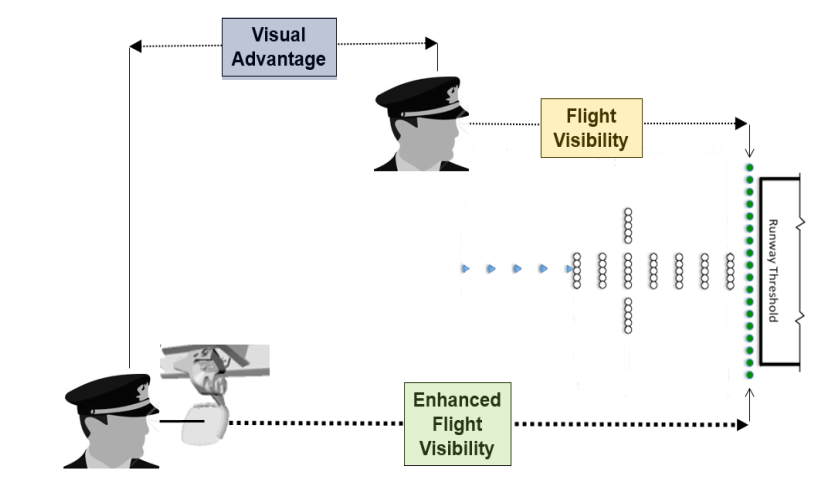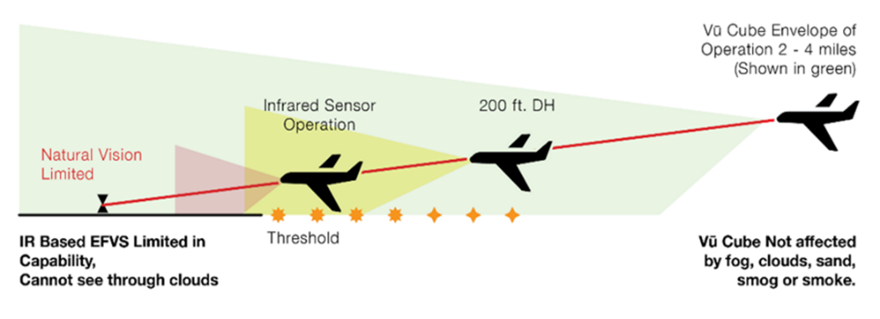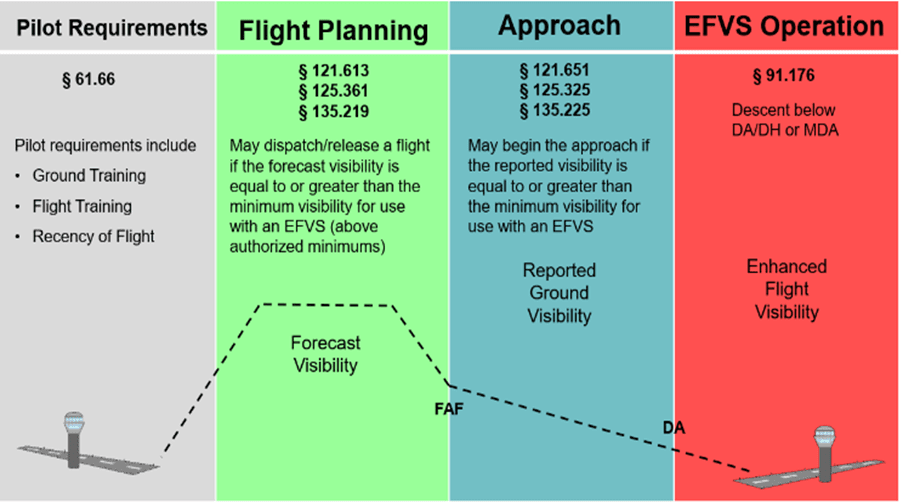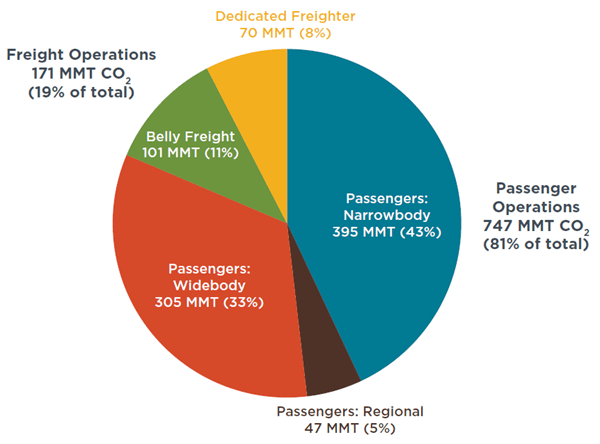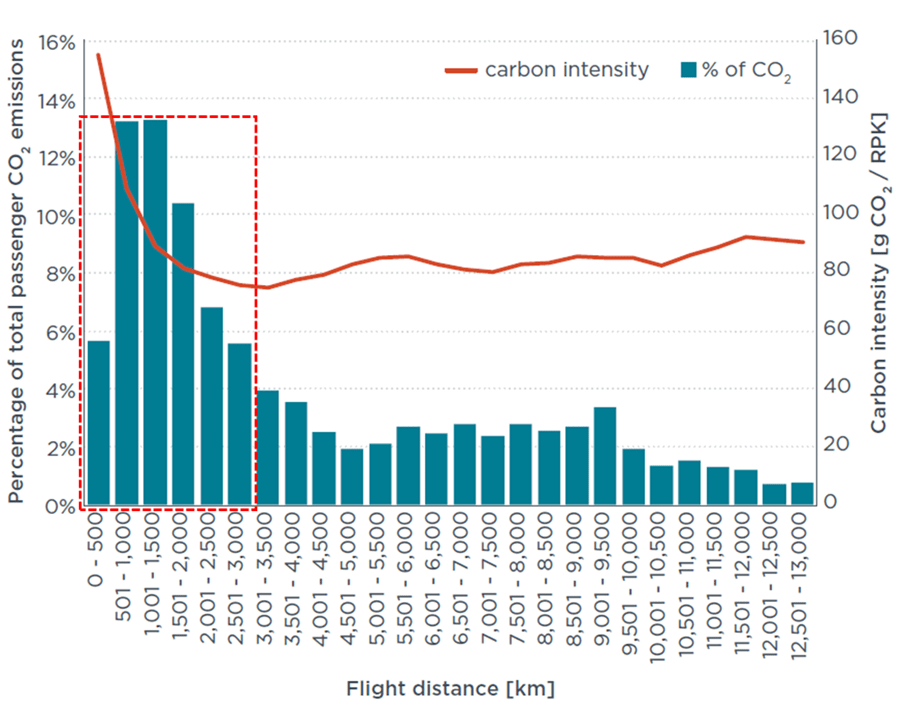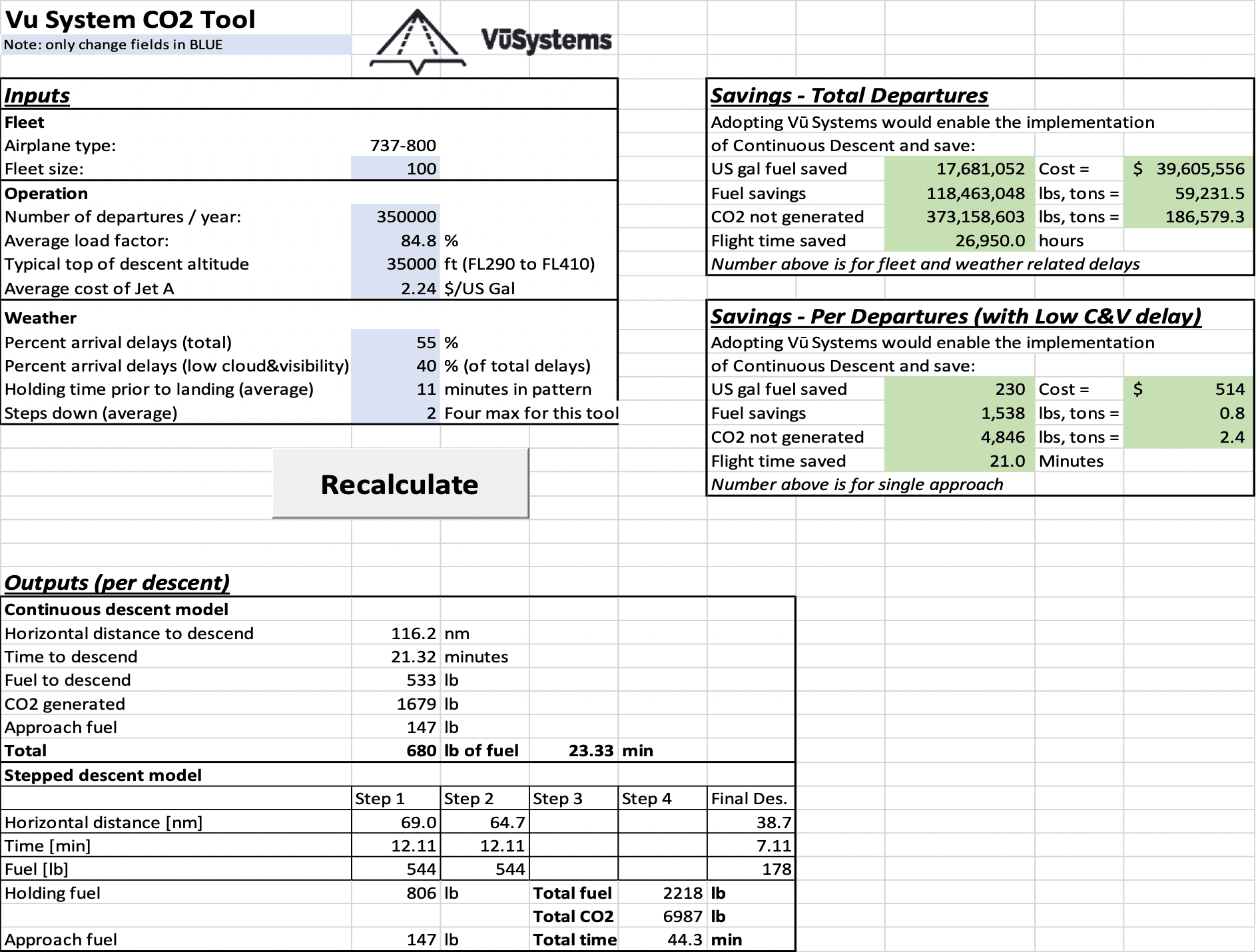The Future of Aviation Embraces Climate Sustainability—A Pathway Forward
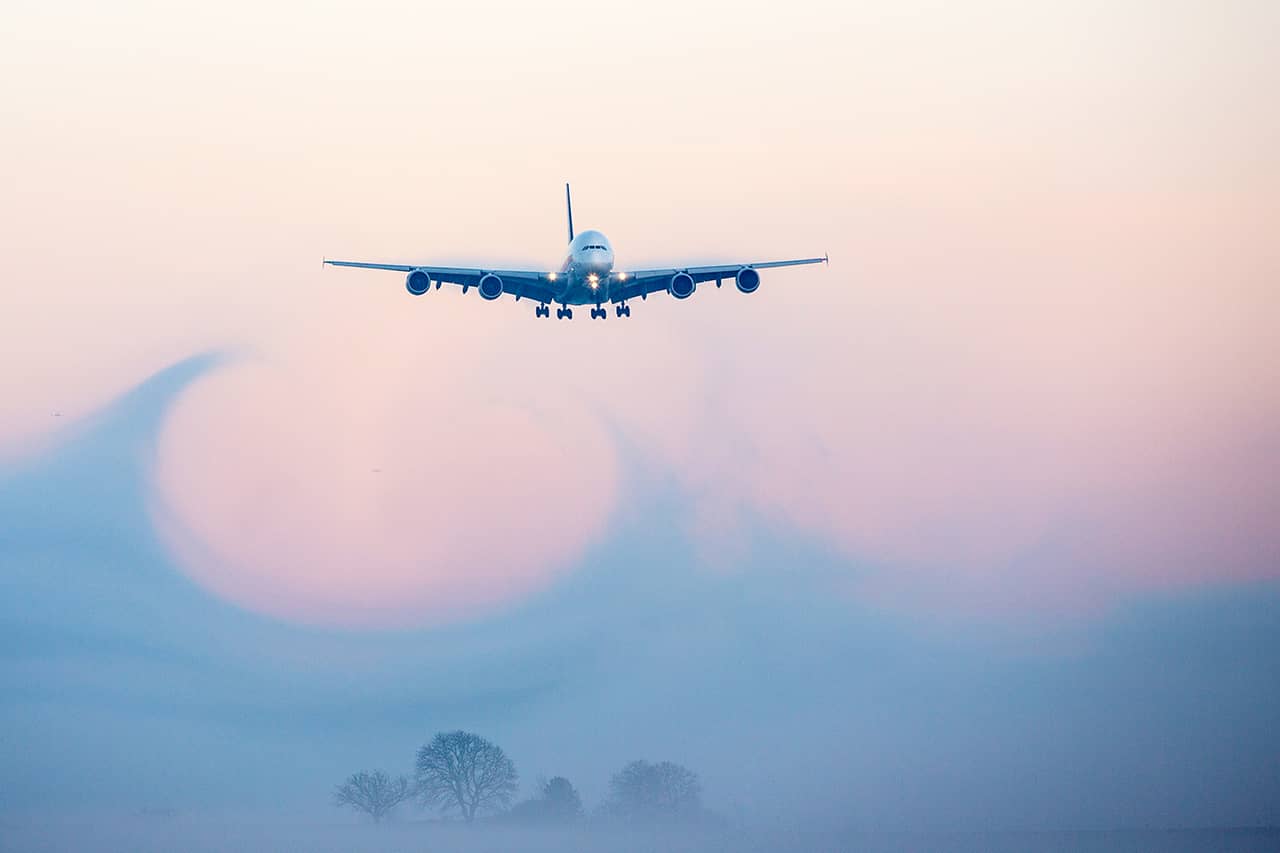
Globally, green initiatives and environmental sustainability are at the forefront all industrialized countries’ major concerns.
Airline delay minutes are a major contributor globally to the level of CO2 emissions and have both an economic and environmental impact. Why has this become a more significant issue in the world today, what is to be done and how is it to be done?
The “Why” is becoming clearer each day. We must preserve and protect our natural resources, creating an environmentally sustainable solution that draws on the strengths of aviation, and mitigates the weaknesses. Sustainability necessarily requires reducing CO2 emissions. We all need a healthy planet. The “What” is fully utilizing new technologies that reduce flight times, overcome the weather, and deliver demonstratable results. The “How” is taking distinct actions to move to a tipping point of adaptation by a large segment e.g. European governments requiring green initiative commitments as a condition of the current financial bailout.
The international aviation community has set ambitious goals for reducing harmful emissions from aviation. The industry has promised a 50% reduction in emissions by 2050 even as the fleet is expected to double. ICAO has published a resolution that already commits to carbon-neutral growth after 2020 but with no pathway of implementation for this goal.
The environmental impacts of aviation have come under further scrutiny in light of COVID-19 financial aid for the airline industry, with many countries now imposing even stricter climate change action as a condition for financial support. This is in addition to the already established carbon-offsetting requirements like CORSIA, and nationally applied taxes on airfares. Some countries have taken bolder action, including prohibiting air travel altogether for certain leg times where an alternative ground transportation mode is available.
Aviation has taken proactive measures to improve its climate impact, but this is generally well understood, and considered inadequate by many. The perception is the industry is just paying the premium (offsets) rather than reducing emissions.
Vū Systems technology sees the future for aviation sustainability.
Vū Systems’ new passive millimeter-wave sensor (PMMW) is a game-changing innovation for aviation, enabling pilots to land in low ceiling and visibility conditions.
With 40% of all-weather delay minutes being related to low ceiling and visibility, the historic incremental changes in the process have not appreciably moved the needle on our global problem of reducing carbon emissions. Incorporating this new vision technology solution goes at the heart of the problem by improving schedule reliability and dramatically reducing CO2 emissions. The use of PMMW technology mitigates the avoidable negative impact of air travel on climate change.
“Deploying this technology presents a tangible and measurable positive impact on CO2 emissions and operating economics.”
With this technology aircraft are no longer delayed in landing because of bad weather and will spend less time in the air burning fuel, thereby reducing carbon emissions. This technology guarantees access to runways, allowing pilots to utilize continuous descent flight procedures that save fuel and emissions, reduces delays (holding pattern), and go-around (circle and return to land) due to low visibility. This technology could result in the elimination of airline buffer times on flight arrivals and departures, substantially improving the efficiency of airlines.
Aviation in the News
The global pandemic and resulting government support are changing the landscape and sensitivity to the impact aviation has on the climate.
The global pause the pandemic has imposed has given clarity to otherwise ununited thinking. Many countries are forcing the hand of aviation companies to move forward—now.
Key Elements of a Sustainable Aviation Strategy
The aircraft industry has made great improvements in aircraft efficiency relating to engines, and design flow (A320neo, B737Max, etc.)
The airlines have been receptive to this technology, with significant investments in new more efficient fleets, and accelerated retirement of less-efficient aircraft.
Sustainable aviation fuels have also been embraced by the industry however their production and distribution are not yet at a scale where they can be widely adopted.
ICAO has identified three pillars for enabling the industry climate initiatives:
- 1. Aircraft efficiency improvement
- 2. Operational improvements
- 3. Sustainable aviation fuels
Operational improvements involving delays represent one area where progress has been slow, despite many years of airspace redesign and deployment of new operational procedures. Recent technologies have not met the challenge to reliably improve efficiency.
The slow progress in operational efficiency is primarily because of the impacts of weather, which cannot currently be mitigated by legacy precision approach and vintage 1947 instrument landing systems. The airspace has been designed to utilize high-throughput Area Navigation (RNAV) procedures which are non-precision instrument procedures but have minimums far higher than precision instrument approach procedures. Research shows that these higher minimums exclude up to 80% of the RNAV procedures in low-visibility environments.
Mitigating the Effects of Weather Delays to Improve Operational Efficiency
Improving access during low-visibility weather and maintaining schedule reliability could reduce up to 33% of CO2 emissions related to weather delays. The ICAO roadmap targets this operational efficiency as a key area in need of improvement. Delay minutes have both an economic and an environmental impact.
Evaluating public domain weather statistics and the associated impact on operations reveals important opportunities for reducing delays by deploying technology to mitigate the effects of ceiling and visibility weather constraints.
Approximately 70% of National Airspace System (NAS) delays are caused by weather; and of these delays, between 35% and 45% are caused by low ceiling and visibility.
Low ceiling and visibility have a significant impact on RNAV (area navigation) procedures since these procedures have a higher approach minimum. The example below from KSFO shows the impacts of 800-1 (800 ft ceiling and 1-mile visibility) weather on the high-tempo RNAV procedures. This moderate weather condition eliminates 80% of the approach procedures, dramatically reducing capacity and access to the airport. Under these conditions, KSFO would also likely close one of the parallel approaches 28L or 28R due to the inability to see the 1,500 ft offset required during landing aircraft in low visibility.
The frequency with which IFR and Marginal VFR occur within the NAS is significant, as indicated by the frequency histograms below. Vū Systems research shows that among the top 50 airports in the U.S. 20-30% of operating times are in reduced visibility conditions.
Visual Advantage—The Emerging Metric
Low ceiling and visibility are best mitigated by restoring visibility to the crew, the fundamental principle behind Enhanced Flight Vision Systems (EFVS).
Seeing the runway is the safest and best practice. FAA Regulations enable the visibility requirements to be met by the use of an enhanced vision sensor.
The FAA also understands that sensor technology and performance vary greatly, and in their new rulemaking requires that the sensor’s performance has been adequately demonstrated. The operational benefit granted by the FAA is directly proportional to the demonstrated sensor performance called Visual Advantage.
Legacy IR EFVS sensors have relied on dated infrared technology and are constrained by the operational concept of detecting the approach lights with the IR sensor. The performance of
these sensors have little or no operational benefit on high-tempo RNAV procedures where the minimums are higher and were largely deployed only on business aviation aircraft.
Vū Systems PMMW sensor has a demonstrated performance approximately 10 times greater than IR sensors and utilizes the operational concept, enabled by regulation, of detecting the runway environment. This detection can be accomplished in any weather conditions, and at ranges greater than 2nm. A pilot will always see the runway before decision altitude and be able to continue the approach and land.
Scheduled air carriers operating under 14 CFR Part 121 have additional requirements for dispatch and commencement of the approach, where the demonstrated and certified performance of the EFVS sensor has direct operational benefits:
“In summary, a next-generation EFVS utilizing Vū Systems PMMW long-range sensor can make a direct and measurable impact on both the airline operating economics and their CO2 footprint.”
Narrow-body Short-Haul Aviation
Contrary to popular belief, short-haul aviation and narrow body aircraft are the most significant contributor to CO2 emissions, according to a report published by the International Council on Clean Transportation (ICCT).
Their report shows that globally, 43% of emissions are caused by narrow-body passenger operations:
Furthermore, their report shows that shorter routes under 2000 km represent almost 43% of aviation’s CO2 emissions and routes under 3000 km represent >55% of CO2 emissions:
This report clearly suggests that efficiency improvements in this area should be included to optimize emission reductions, with a focus on narrow-body aircraft employed on domestic route structures.
Vū Systems CO2 Savings Calculator
Vū Systems has created a new CO2 emissions calculator to measure the benefit of installing a PMMW sensor onto an aircraft.
Vū developed the calculator based on the research of weather delays in the top US airports. Our research shows that the top 50 US airports experience low visibility conditions that create airline delays from 20-35% of annual flight days.
This has a significant impact on carbon emissions. The world has become more focused on the airline industry, and its environmental impact on CO2 emissions. The utilization of new technology to mitigate this environmental challenge is gaining interest and acceptance.
Implementing the Vu Systems technology can result in savings of millions of pounds of CO2 emissions and millions of dollars in the cost of fuel.

